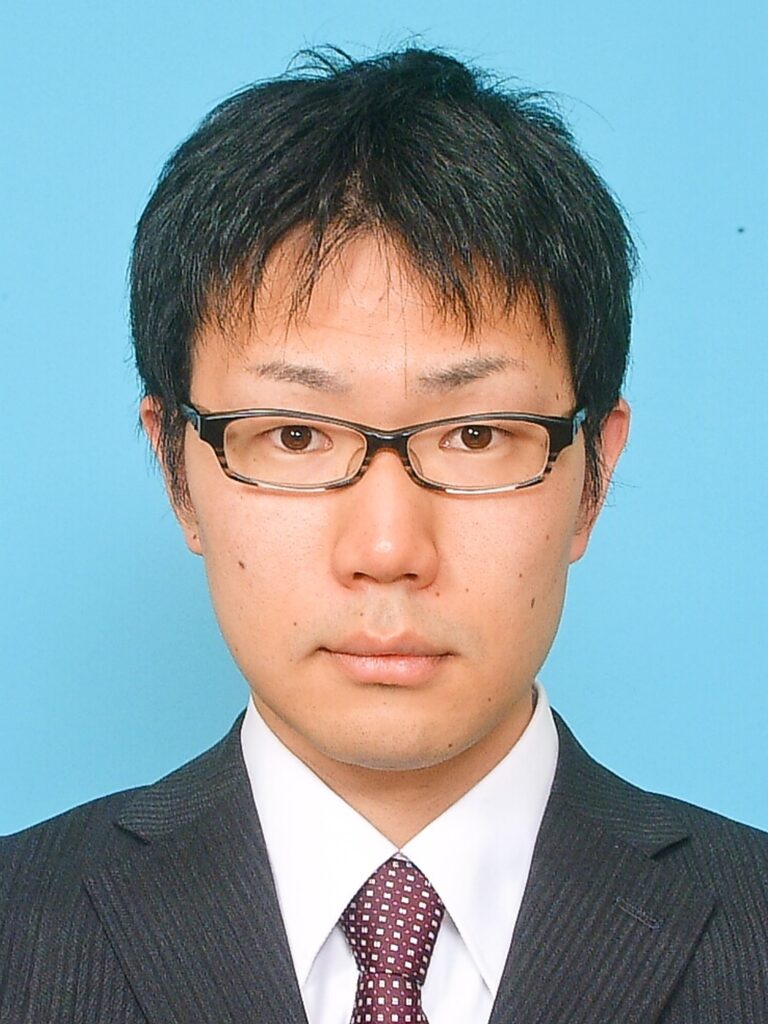Surface-Enhanced Raman Spectroscopy Using Gold Nanoparticle Dimers Formed by DNA Origami as a Sacrificial Nanostructure
Naoki Yamashita
Department of Mechanical Engineering and Science, Kyoto University, Kyoto, Japan
Abstract
DNA origami is a nanoscale molecular structure formed by folding a longer single-stranded DNA template into a target structure by annealing it with hundreds of shorter single-stranded DNA. DNA origami can assemble various kind of nanomaterials including nanoparticle, protein, fluorescent label, and much more. DNA origami is now finding application uses in many fields such as bio/chemical-sensing, drug delivery, nano-device, and so on. In this research, to create a nanogap-based device for single-molecule label-free detection using surface-enhanced Raman spectroscopy (SERS), a new technique utilizing DNA origami as a sacrificial nanostructure is proposed. In this technique, 30-nm diameter gold nanoparticles (AuNPs) are precisely connected to form a dimer structure on opposite faces of a DNA origami sheet structure with 2-nm thickness. The conjugates of two AuNPs and a DNA origami are fixed on a silicon chip supporting an amino-terminated monolayer, and then the DNA origami is selectively removed using vacuum ultraviolet light and ultrapure water rinsing. X-ray photoelectron spectroscopy measurements and SERS analyses performed in air without any analyte confirmed the successful removal of the DNA origami and formation surface-clean AuNP dimers. The performance of SERS-based molecular detection of AuNP dimers created using the proposed technique with a 30-nm AuNP diameter has been evaluated. The Raman signals from the target molecules (4,4’-bipyridine) were greatly enhanced and thus successfully detected.
Short Bio

Naoki Yamashita is a postdoctoral researcher at machine element laboratory in department of mechanical engineering and science, Graduate School of Engineering, Kyoto University. He received his M.S. in Engineering from Doshisha University, and the Ph.D. in Engineering from Kyoto University, studying under Prof. Osamu Tabata’s supervision. His research focus is in the area of surface chemistry based on nanoscale evaluation. His research aims to develop high-sensitivity surface analysis and characterize surface properties for biology, chemistry, and machinery. He specializes in nanomaterials such as DNA and metal nanoparticles, and surface imaging with atomic force microscopy, and surface analysis with various spectroscopic systems.